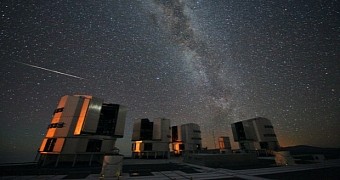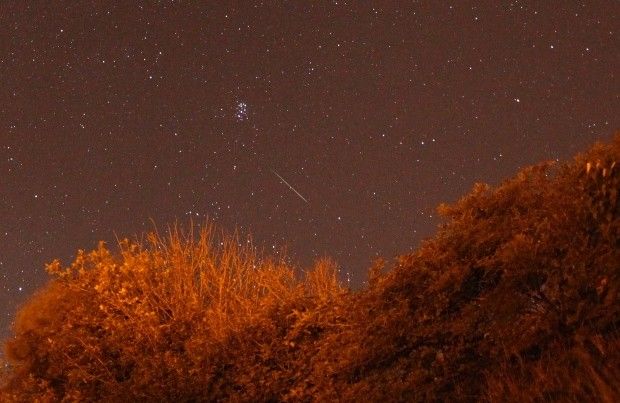Each year, as our planet moves through cosmic litter left behind by the comet Swift-Tuttle, dozens of meteors light up the sky. The meteors all appear to originate from the Constellation of Perseus in the northern sky, and so the shower is known as the Perseids.
Now, it might be that the shower usually lasts since late July until the end of August, but not all nights are equally rich in meteors. This year, the Perseids will peak between the evening of Wednesday August 12 and the morning of Thursday 13, scientists say.
Even cooler, it looks like, since a new moon will happen on August 14, the shower's peak will be all that much easier to see. This is because the night sky will be especially dark and so the meteors will appear considerably brighter than they otherwise would have.
“This year, for the first time since 2007, this peak coincides with a new moon on 14 August, creating ideal dark sky conditions for meteor-spotting,” say astronomers with the Royal Astronomical Society.
Since comet Swift-Tuttle has left plenty of debris in its trail, it is estimated that, when the Perseids peak towards the end of last week, meteors will streak across the night sky at a rate of about 100 per hour, possibly even more.

 14 DAY TRIAL //
14 DAY TRIAL // 

